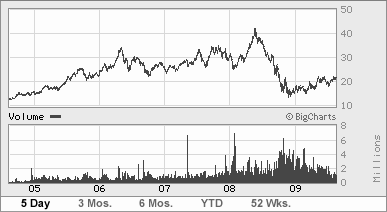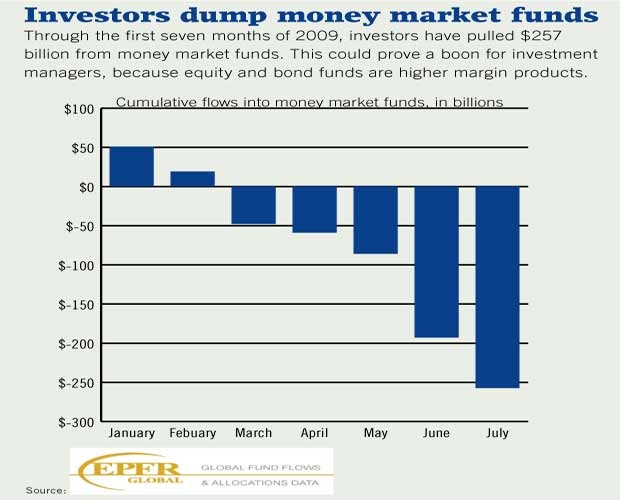Dow Jones and Stoxx publish many stock indices. One such index is the Dow Jones STOXX® Select Dividend Indices which comprises of the following indices:
Dow Jones STOXX® Global Select Dividend 100 Index
Dow Jones STOXX® Americas Select Dividend 40 Index
Dow Jones STOXX® Select Dividend 30 Index
Dow Jones STOXX® Asia/Pacific Select Dividend 30 Index
Dow Jones EURO STOXX® Select Dividend 30 Index
Dow Jones STOXX® NORDIC Select Dividend 20 Index
Dow Jones STOXX® EU Enlarged Select Dividend 15 Index
The above indices have excellent dividend yields ranging from 3.97% to 6.28% as of June30,2009. For example, the Dow Jones STOXX® EU Enlarged Select Dividend 15 Index has an yield of 6.28%. These indices can be used to identify top dividend paying stocks. The Global Selec Dividend Index has 10 stocks including BB&T Corp (BBT) and New York Community Bancorp Inc (NYB). BBT acquired the deposits of Colonial Bank of Alabama which failed on Friday.
To download the complete factsheet click Dow-Jones-STOXX-Select-Dividend-Indices.
For other Dow Jones Select Dividend Indices factsheets, go here.

